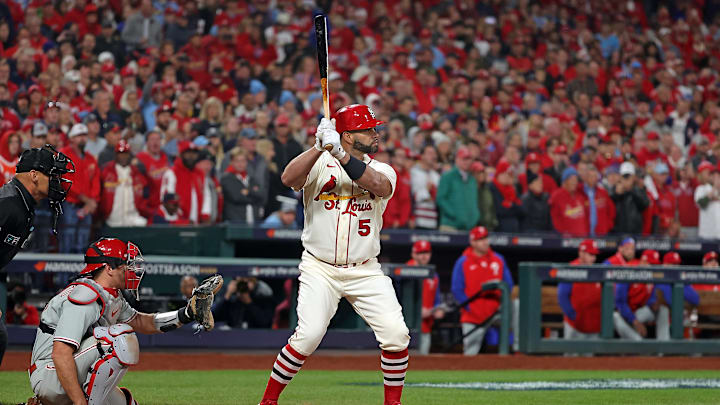Shortstop: Ozzie Smith, 65.9 WAR
Ozzie Smith's baseball story is one against the odds. Smith wasn't born into a family of athletes, was the second of six children in his family, and due to living conditions where his family lived in the early 60s ( LA), his family would find themselves sleeping on the floor at times to avoid stray bullets at night. Oh, and his first glove growing up was reportedly a brown paper bag wrapped around his left hand. But none of this stopped him from becoming a National Baseball Hall-of-Famer, and what would eventually be the greatest defensive shortstop the game has ever seen.
After attending Cal Poly University on a partial scholarship in the mid-70s, Smith was eventually drafted by the San Diego Padres in the 4th round of the amateur draft of '77. Ozzie would finish second in the Rookie-of-the-Year voting for the 1978 season and pick up his first two Gold Gloves in the 1980 and '81 season respectively to go along with his first all-star selection. The Cardinals then put together a package to acquire Smith in December of 1981. After a bit of reluctance at first to leave San Deigo, the "ballet-like performer at Short" the late Rick Hummel once said, Smith accepted the trade to St. Louis, settled in, and the rest was history.
He played the rest of his 19-season career in St. Louis spanning from 1982-1996. In 1982, the first season in St. Louis, he won another Gold Glove, was selected to the all-star team, and helped lead the charge to bring home the 9th World Series banner in Cardinals history 4-3 over the Milwaukee Brewers. "The Wizard", he quickly became known for because of his magic-like defense, would go on to produce countless memories for Cardinal and baseball fans alike throughout the 1980s and early 90s. "He corked one into right down the line" in the 1985 NLCS en route to an eventual NLCS MVP and World Series appearance for the Cardinals. Then there were countless plays like this or this.
Smith wasn't known for his bat. Heck, he totaled 28 home runs for his career with a season-high of six coming in 1985. He produced a 7.3 WAR in 1989 while only hitting two home runs. All in the end Ozzie would win a Gold Glove every season he played from 1980-1992 for 13 in total. He would also be selected to the NL All-star team every year from 1981-1992 and again from 94-96 for a total of 15 all-star selections. Every single one of his 1990 major league games with the Cardinals was at shortstop. I was just too young to have the treat to watch The Wizard, but those who got to say it was something special. He patrols SS on our All-time WAR list.
